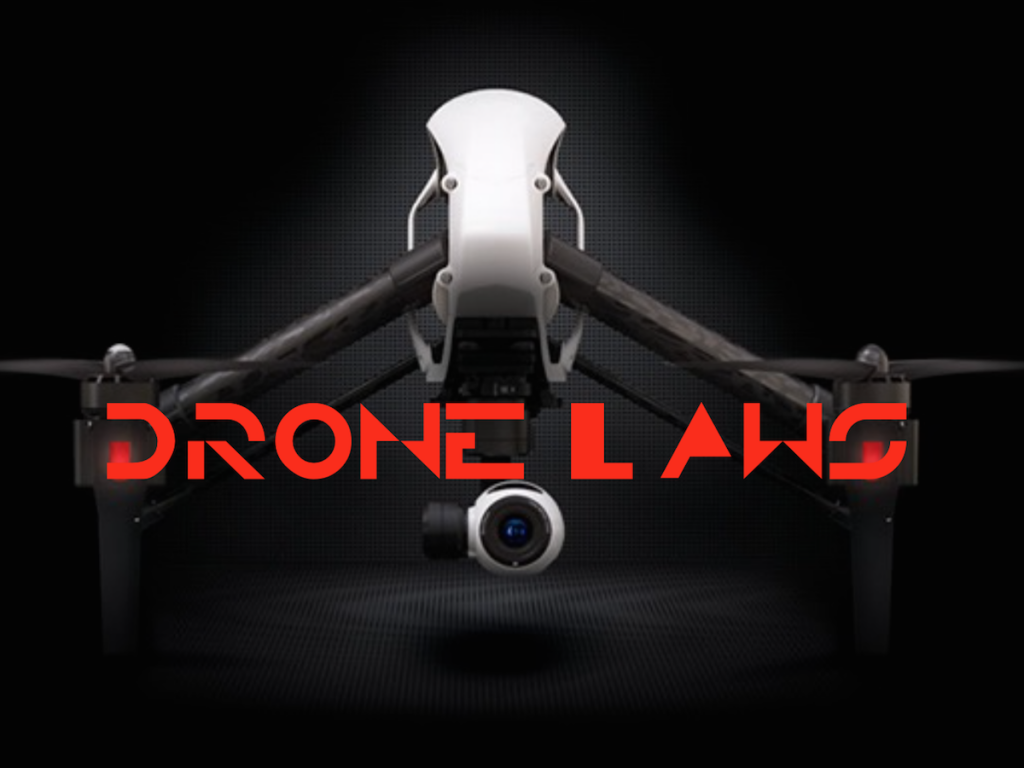The US Federal Aviation Administration (FAA) announced new official proposed drone rules for small commercial drones, meaning more open and freer skies in the midst of what has been a cloudy and uncertain horizon.
New regulations have been in favor of commercial pursuits while they’ve still made the future of delivery options for businesses delay for take off. It’s a good starting ground and a working basis for how the future of drone aviation will be conducted. Here are the basic procedures you must take in order to become qualified to operate a drone.New Rules for Flying a Drone
– Pilots must take a knowledge-based test and will need to be vetted by the TSA to get a drone operator’s license
– This test must be taken every 24 months
– You must be at least 17 years of age
– Drone must weigh less than 55 pounds
– No flying past the line of sight
– Daylight-only
– Max airspeed of 100 mph; no flying above 500 feet.
Sunset over Old Tampa Bay, Cypress Point Park
It’s certain that drones have the potential to “greatly change how we use our airspace,” but the FAA is interested (and pretty much required) to ensure the responsibility for its users. Although testing on drones as delivery services has taken off in other places like the UK, Amazon Prime Air is staying on the ground in the US for the time being. You can read the full over of Small UAS Notice of Proposed rulemaking on their website here.“We have tried to be flexible in writing these rules,” said FAA Administrator Michael Huerta in today’s announcement. “We want to maintain today’s outstanding level of aviation safety without placing an undue regulatory burden on an emerging industry.”

